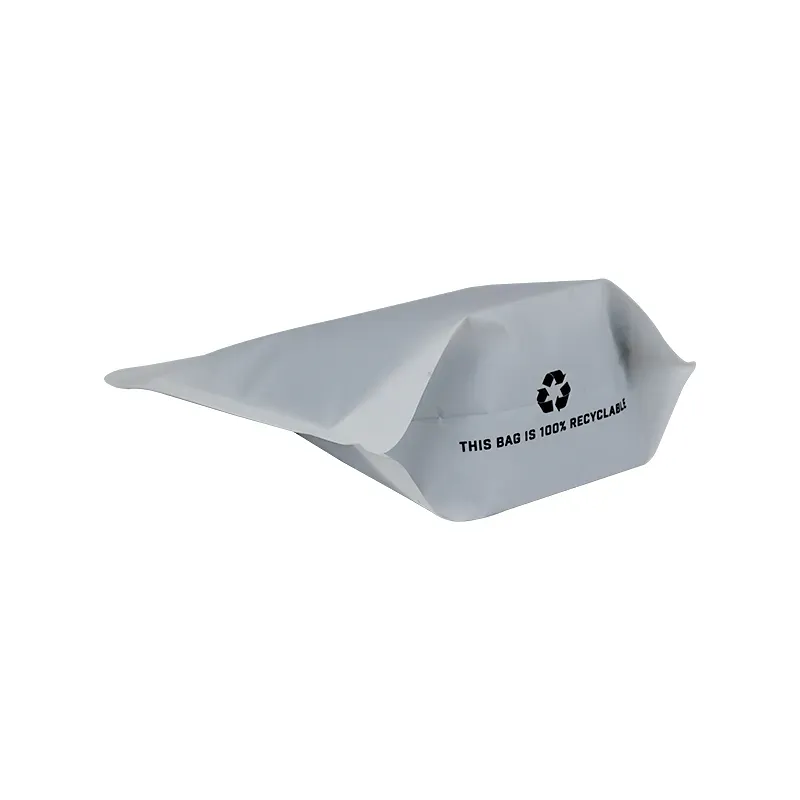- Afrikaans
- Albanian
- Amharic
- Arabic
- Armenian
- Azerbaijani
- Basque
- Belarusian
- Bengali
- Bosnian
- Bulgarian
- Catalan
- Cebuano
- chinese_simplified
- chinese_traditional
- Corsican
- Croatian
- Czech
- Danish
- Dutch
- English
- Esperanto
- Estonian
- Finnish
- French
- Frisian
- Galician
- Georgian
- German
- Greek
- Gujarati
- haitian_creole
- hausa
- hawaiian
- Hebrew
- Hindi
- Miao
- Hungarian
- Icelandic
- igbo
- Indonesian
- irish
- Italian
- Japanese
- Javanese
- Kannada
- kazakh
- Khmer
- Rwandese
- Korean
- Kurdish
- Kyrgyz
- Lao
- Latin
- Latvian
- Lithuanian
- Luxembourgish
- Macedonian
- Malgashi
- Malay
- Malayalam
- Maltese
- Maori
- Marathi
- Mongolian
- Myanmar
- Nepali
- Norwegian
- Norwegian
- Occitan
- Pashto
- Persian
- Polish
- Portuguese
- Punjabi
- Romanian
- Russian
- Samoan
- scottish-gaelic
- Serbian
- Sesotho
- Shona
- Sindhi
- Sinhala
- Slovak
- Slovenian
- Somali
- Spanish
- Sundanese
- Swahili
- Swedish
- Tagalog
- Tajik
- Tamil
- Tatar
- Telugu
- Thai
- Turkish
- Turkmen
- Ukrainian
- Urdu
- Uighur
- Uzbek
- Vietnamese
- Welsh
- Bantu
- Yiddish
- Yoruba
- Zulu
Techniques for Printing on Textured Paper for Stunning Visual Effects
Printing on Textured Paper An Aesthetic Choice for Creative Projects
In the realm of printing, the choice of paper plays a pivotal role in determining the overall quality and aesthetic of the final product. Among various types of paper, textured paper has carved a niche for itself, offering unique tactile experiences and visual appeal that flat, smooth paper cannot match. The decision to use textured paper for printing projects can elevate the perception of the work, making it not just a medium but also a part of the artistic expression.
Understanding Textured Paper
Textured paper comes in a variety of finishes such as linen, felt, laid, and wove, each providing a distinct touch and visual dimension. These textures can create a sense of depth and richness, making printed materials more engaging. The subtle variations in texture can influence how light interacts with the surface, enhancing colors and making images pop more vividly than they might on ordinary paper.
The tactile quality of textured paper can also evoke emotional responses. When viewers touch the paper, the texture can create a sensory link to the material, fostering a deeper connection with the printed work. This is particularly beneficial in contexts such as wedding invitations, portfolios, and high-end branding materials, where the physical experience of the paper can reflect the quality of the brand or event.
Applications in Different Industries
Textured paper is commonly used in various industries, including fashion, art, marketing, and publishing. In the fashion industry, for example, textured prints on promotional materials or lookbooks can enhance the luxurious feel associated with a brand. Similarly, in the artistic community, artists can print their portfolios on textured paper to convey the emotional depth of their work.
In marketing and branding, textured business cards are increasingly popular. They stand out in a sea of smooth cards and can convey a sense of authenticity and craft. When potential clients can feel the quality of the card, they're more likely to perceive the brand as trustworthy and sophisticated. Furthermore, direct mail marketing campaigns have found that using textured paper can increase engagement rates. Recipients are more likely to open and interact with a piece that feels premium, enhancing the overall effectiveness of the campaign.
printing on textured paper

Printing Techniques for Textured Paper
When working with textured paper, it's essential to consider the printing techniques that will bring out the best in the material. Traditional offset printing works well for many types of textured paper, but it’s vital to ensure that the ink adheres properly and doesn’t get absorbed too quickly into the fibers. Adjustments may need to be made in the ink formulation or printing process to achieve optimal results.
Digital printing has also made it easier to work with textured paper. With advancements in technology, printers can now handle various thicknesses and textures with greater precision. However, it’s still important to test print samples to gauge how the texture interacts with the colors and details of the design.
Best Practices for Design
When designing for textured paper, there are several best practices to keep in mind. First, consider the color palette. Bright and bold colors may not translate as expected on textured surfaces; thus, it’s crucial to choose shades that will complement the paper’s characteristics. Moreover, designs with a lot of intricate details may require simplification, as textures can obscure fine print or delicate elements.
Additionally, opting for larger fonts and clearer imagery can help maintain legibility while allowing the texture to shine through as an integral part of the design. Using ample white space can also balance the visuals, preventing the texture from overwhelming the overall aesthetic.
Conclusion
In conclusion, printing on textured paper is not just an aesthetic choice but also a strategic decision that can greatly influence how a printed piece is received. By understanding the properties of textured paper, its applications, and how to effectively print on it, designers, marketers, and artists can create memorable and impactful works that resonate with their audience on multiple levels. Whether you're producing stationery, business cards, or creative projects, textured paper offers an opportunity to enhance the tactile and visual experience, making your work stand out in a competitive landscape.













